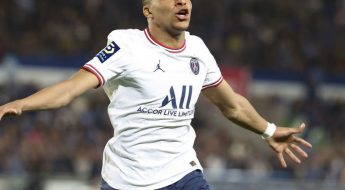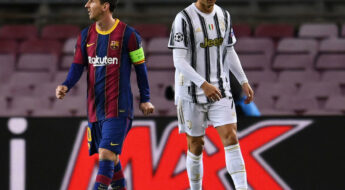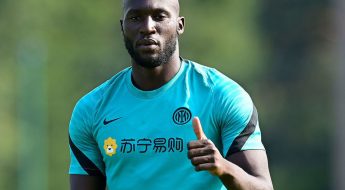NFL road show to explain helmet contact rule

ORLANDO, Fla. — NFL executives will fan out to all 32 teams during the next three months to explain an unexpected new rule that will at least penalize — and potentially eject — players who lower their helmets to initiate contact with an opponent.
Speaking Wednesday at the conclusion of an eventful owners meetings, commissioner Roger Goodell said the meetings would be “all hands on deck” to convey the gravity of efforts to reduce brain, neck and spinal injuries.
“Our focus is on how to take the head out of the game,” Goodell said, “and make sure we’re using the helmet as protection, and [that] it’s not being used as a weapon. And I think we’ve made a tremendous amount of progress on that this week.”
The rule is part of the league’s answer to a “call to action” from chief medical officer Dr. Allen Sills, a response to a season that included 291 concussions — the most on record — and a serious spinal injury to Pittsburgh Steelers linebacker Ryan Shazier. In addition, the NFL’s competition committee is preparing a stark mandate for coaches: Kickoffs will be eliminated in the near future if concussion rates don’t decrease dramatically.
Players have reacted with confusion and dismay to initial reports of the helmet rule change, which owners mandated Tuesday after the competition committee first planned to make it a simpler point of emphasis. Goodell said he hopes players will have different opinions once they are taught the rule.
“You’re jumping ahead to the players that have not had the opportunity to hear the discussion that we’ve had,” Goodell said. “So you’re reacting to players who have not yet heard that dialogue or heard the basis of why we came to where we came. And I understand that, but that’s why I mentioned early on that our intent is to make sure we go in, we go to each team, and we have tape and all of the analysis and work that was done in great coordination with our various teams to be able to communicate that to them. I’d give them an opportunity first to understand what the play is before we make a lot of adjustments about the ramifications.”
In fact, enforcement of the rule is still under development. Over the next two months, the NFL’s competition committee will work to determine how to administrate ejections — considered a necessary hammer to enforce the rule — and whether they will be subject to replay. The league hopes to finalize the wording during its May 21-23 meetings in Atlanta.
But Green Bay Packers president Mark Murphy, a member of the competition committee, downplayed concerns about the frequency of ejections and perhaps even the penalty itself. He waved off examples such as quarterback sneaks, where a quarterback technically lowers his head and initiates contact.
“We watched a lot of film this year,” Murphy said. “I would say there were probably five hits where you’d say, ‘These are ones where we would want ejections.’ Now, whether there will be more penalties than that? Probably. But the focus, I think, should be on are you using the helmet as a weapon.”
New Orleans Saints coach Sean Payton, another member of the competition committee, said the rule was a “necessary step” and also stopped short of suggesting it represented a transformational moment for the game.
“I think we’ll see it have a great effect on one element of the helmet and how we want the game to be played,” Payton said. “I think you still see the physicality. This is the one posture that we’re removing.”
In other news as the meetings wrapped up:
• Goodell said there was “some” discussion about the league’s national anthem policy during the meetings. Owners arrived in Orlando starkly divided on whether the current policy — which says players “should” stand but does not require it — should be changed. “That’s something that the ownership and I will continue to discuss and focus on as it is needed,” Goodell said.
• Senior vice president of officiating Al Riveron said no NFL rules were changed prior to Super Bowl LII, in which he reviewed but declined to overturn a touchdown reception by Philadelphia Eagles running back Corey Clement. “In order for us to overturn a call,” Riveron said, “we have to see clearly indisputable evidence. There was some movement, but we did not see loss of control. We didn’t see indisputable evidence that he did not have possession of the football.”






